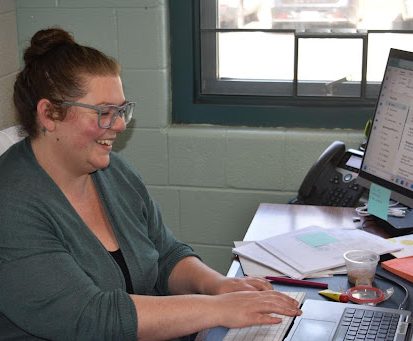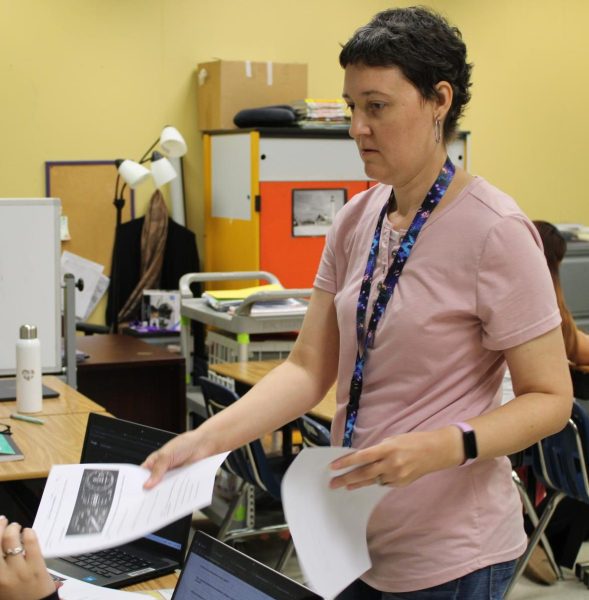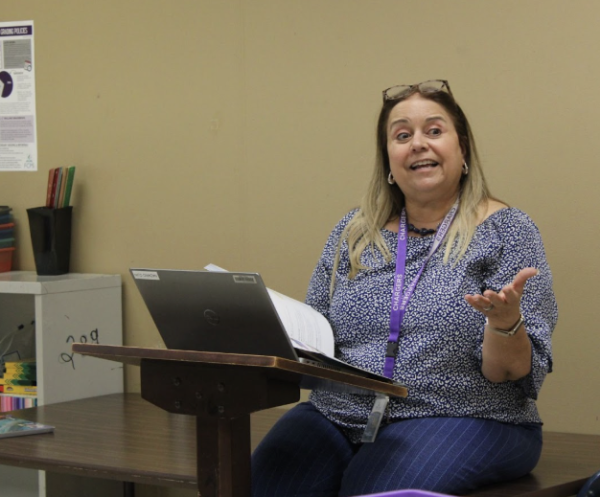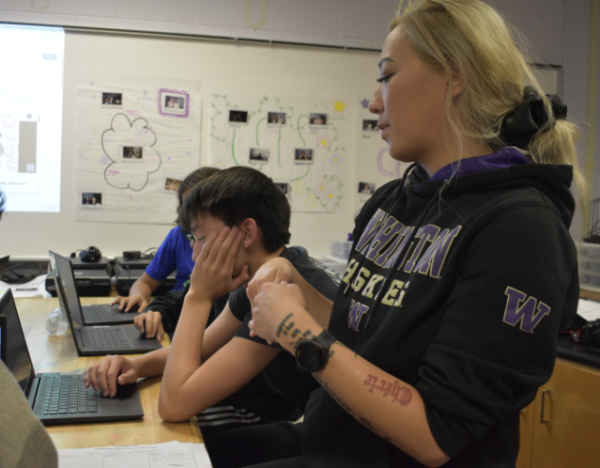Students prepare for the annual HOSA blood drive
Health Occupations Students of America, better known as HOSA, is a Chantilly Academy course that holds a blood drive at the school every year for students. Last year, HOSA received over 200 units of blood from students. Each unit saves three lives. This year the annual blood drive will be held on Wednesday, March 16 and Thursday, March 17.
“We are always in need of blood, especially for emergency situations,” health sciences teacher Lori Manik said.
HOSA students begin learning about the blood drive early in February to be prepared for the event.
“[Students] should donate blood because it can be so important for someone who needs it,” junior and HOSA student Sofia Gonzalez said. “[Blood donations] can save a life.”
Blood is always needed for hospitals to use. According to the American Red Cross, every two seconds someone in the United States is in need of blood.
“Many people need blood transfusions for [procedures] like surgeries, transplants and major injuries,” junior and HOSA student Michelle Ugalde said.
Certain blood types may also be limited or scarce. For instance, according to the American Red Cross, the blood type most often requested by hospitals is type O, but it is in short supply. Type O negative blood, or red cells, can be donated to patients of all blood types.
Students in HOSA work hard to encourage students and faculty members to give donations and help save lives. Advertisements and promotions are spread all around the school to encourage students to donate.
HOSA students also work interactively with the school to promote the drive.
“[HOSA] students will start signing people up during lunches about a week before [the drive],” Manik said.
Certain requirements are needed to participate in the blood drive. When arriving at the drive, students must have a parental consent form and photo ID ready to show to the administrator. The drive is held in the lecture hall, where the donors will be expected to fill out two pages of questions about their health history. HOSA asks that each donor eats a healthy amount of food before donating. The donor must be 16 and must weigh at least 110 pounds.
Prospective donors are individually called into an area where they will privately go over questions with a phlebotomist, a person trained to draw blood, who will determine if the student is eligible for donating. The phlebotomist will then check the donor’s hemoglobin, the protein molecule or iron in the blood. If there is enough, the donor is then taken to an area where a pint of blood will be drawn from the arm.
“After [the blood is drawn], it is stored and distributed throughout a certain hospital and is given to patients in need,” Ugalde said.
Before being distributed to patients in hospitals, each unit of blood is tested and screened to ensure that it is safe for use.
Your donation will support the student journalists of Chantilly High School. Your contribution will allow us to cover our printing and annual website hosting costs.






